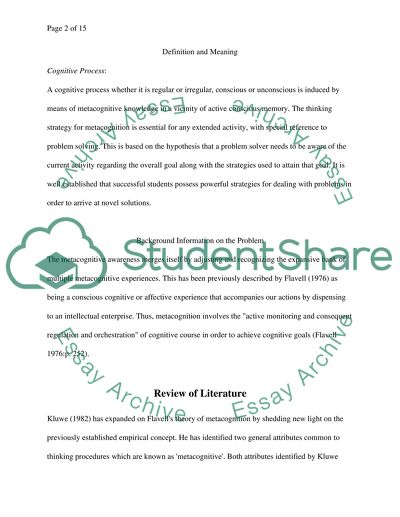Cite this document
(Metacognitive Strategies in Solving Mathematical Problems Article, n.d.)
Metacognitive Strategies in Solving Mathematical Problems Article. Retrieved from https://studentshare.org/science/1505065-metacognitive-strategies-in-solving-mathematical-problems
Metacognitive Strategies in Solving Mathematical Problems Article. Retrieved from https://studentshare.org/science/1505065-metacognitive-strategies-in-solving-mathematical-problems
(Metacognitive Strategies in Solving Mathematical Problems Article)
Metacognitive Strategies in Solving Mathematical Problems Article. https://studentshare.org/science/1505065-metacognitive-strategies-in-solving-mathematical-problems.
Metacognitive Strategies in Solving Mathematical Problems Article. https://studentshare.org/science/1505065-metacognitive-strategies-in-solving-mathematical-problems.
“Metacognitive Strategies in Solving Mathematical Problems Article”, n.d. https://studentshare.org/science/1505065-metacognitive-strategies-in-solving-mathematical-problems.


